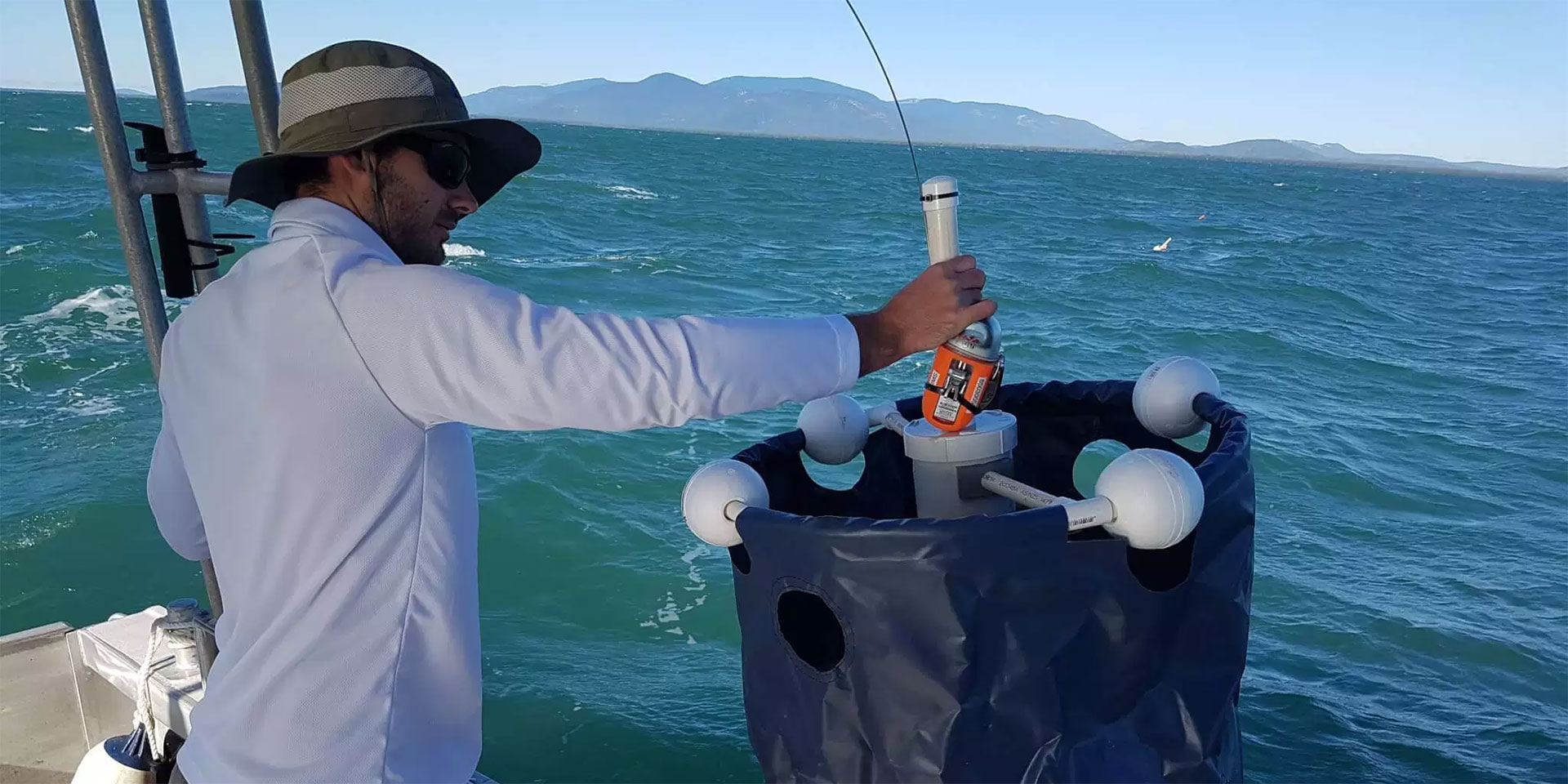Myriota and AIMS partner in IoT tech trial to track health of Australia’s tropical waters
19 Nov 2018

The Australian Institute of Marine Science (AIMS) has deployed the first marine drifters with Myriota’s satellite connected sensors, to keep a pulse on Australia’s oceans by tracking currents, sea surface water temperatures and barometric pressure in real-time.
The purpose-built sensors record around 160 bytes of data a day including location, with Myriota then transmitting this to AIMS’ data centre via Low Earth Orbiting (LEO) satellites; allowing its team to move beyond GPS tracking.
Myriota CEO and co-founder Dr Alex Grant, said the project was an excellent example of new technology being applied to a unique application, with AIMS being the first organisation to deploy the sensors for oceanographic tracking.
“Previously, oceanographic drifter satellite communications for organisations like AIMS have been cost prohibitive, but our Direct to Orbit technology has allowed AIMS to trial robust and cost effective tracking and data collection,” Grant said.
AIMS technology development team leader Melanie Olsen said the research and development project demonstrates a cost effective option for the Institute to deliver new insights into our oceans.
“Our drifters are now fitted with the next generation of satellite technology, so they can beam data from remote Australian waters back to base in near-real time,” Olsen said.
“The low cost drifters will enable us to scale-up projects on demand, be sustainable and flexible. Because they connect to LEO satellites, they avoid issues like coverage dropouts and connectivity issues that come from using traditional mobile phone networks.”
In the future, the deployment of such devices will enable AIMS to retrieve oceanographic information every hour from any location – something that would provide scientists with the essential data they need to understand our oceans.
Olsen said AIMS was excited to implement innovative Internet of Things applications to better connect, collect and exchange data.
“Data is an essential tool if we are to understand how our oceans behave,” Olsen said. “We need to bring every tool to bear if we are to protect one of our nation’s most precious natural assets, our marine environment.” Myriota pioneered the Global Sensor Network at UniSA, and AIMS first began trialing the devices on its Research Vessel Cape Ferguson in early 2017.
